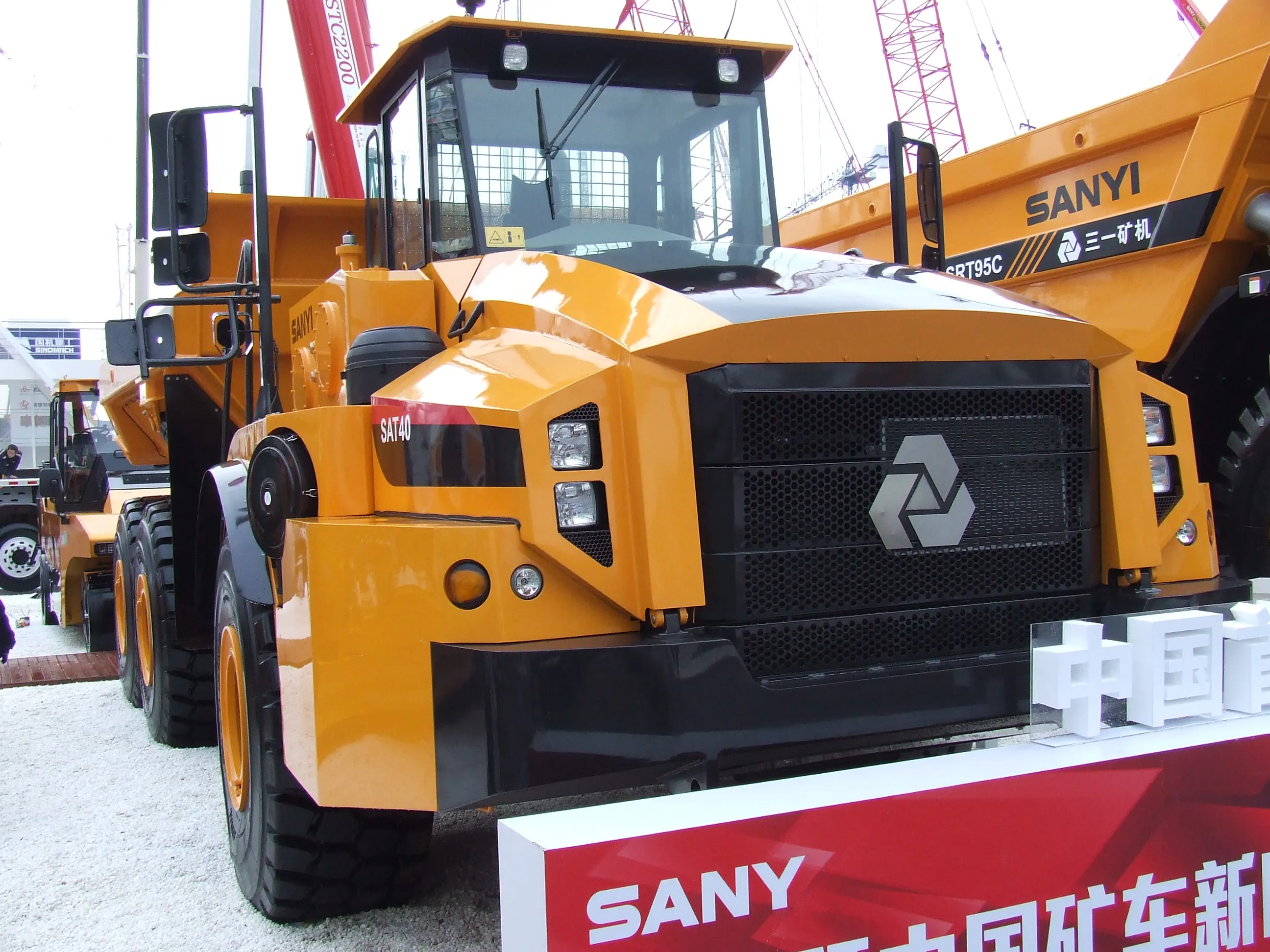Shiyan City in China’s Hubei Province has seen a major increase in its road and highway network, due to significant spending on road construction in the area. Between 2011 and 2015, the total length of the road network in Shiyan City increased to 26,989km, following spending of some US$7.07 billion on road construction by the authorities. The network expansion programme also included building four highways, with a total length of 522km while the rural road network grew by 7,425km in all. The development of
January 7, 2016
Read time: 2 mins
Shiyan City in China’s Hubei Province has seen a major increase in its road and highway network, due to significant spending on road construction in the area. Between 2011 and 2015, the total length of the road network in Shiyan City increased to 26,989km, following spending of some US$7.07 billion on road construction by the authorities. The network expansion programme also included building four highways, with a total length of 522km while the rural road network grew by 7,425km in all. The development of the city’s road network is intended to continue and even increase. Between 2016 and 2020 the city’s highway system is set to expand by a further 581km while a total of 32,000km of roads will be added to the overall network. To achieve this additional road network growth, spending is set to increase to nearly $11 billion over the 2016-2020 period. Road investment is a high priority in the city, due to its being the centre for production for some of China’s major auto manufacturers. The city is situated in the north of Hubei Province and was selected as the country’s base for auto manufacture in 1967 due to its strategic location.







